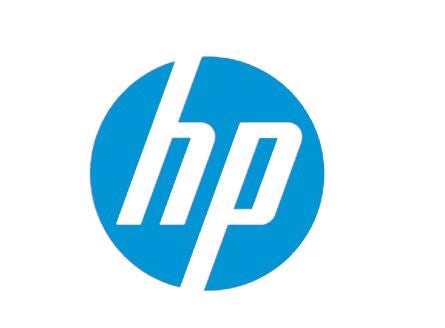
From petitions over Amazon’s new non-recyclable envelopes, to plastic-attack protests at supermarkets, packaging has never been under such scrutiny.
This global shift in thinking around packaging comes at a time when individual waste has reached alarming highs; in 2016 alone, 170kg of packaging waste was generated per EU inhabitant*.
While consumers are surrounded by plastic on a daily basis and headlines are quick to point the finger at the brands falling out of line, there are reasons to be optimistic when it comes to consumer packaging.
According to a 2017 study by IDC, 82% of companies surveyed have sustainability policies and/or goals around printed material. What’s more, almost 60% of respondents regarded the company’s manufacturing department as most responsible to achieve these aims.
Clear advantages of digitally printed packaging
Though every stage in the production process has a role in sustainability, placing the onus on manufacturing to improve sustainability is a logical conclusion. After all, it’s here where the majority of waste accumulates, including the production of plates for printing, water-intensive plate cleaning and disposal, as well as disused packaging due to design changes, outdated materials or overestimating quantities. But with so many constraints around traditional printing processes, are these goals really attainable?
For many companies, it’s not. Traditional printing produces a high level of waste, likely impacting just how successful a brand’s environmental policy can be. That’s why an increasing number of firms are turning to digital printing in an attempt improve their sustainability credentials, with added brand benefits to boot.
Digital printing not only renders plates unnecessary, reducing environmental harm from the outset, but it also allows companies to minimise the amount of packaging they produce at the back end. Additional benefits include reduced run times and set up, and a more responsive and flexible process that allows package adaptations to be made along the way.
Whether green goals are a driver for choosing digital printing or simply an add-on benefit downstream, it offers clear advantages over traditional methods.
Environmentally-friendly future
At HP, for example, digitally-printed packaging solutions are designed to help reduce the impact every project has on the environment. The company works to drive down the levels of waste required for each print, as well as recycling, recovery and reuse programmes for supplies and hardware.
These programmes are continuously developed and expanded in efforts to reduce the environmental impact of manufacturing lines, with a particular emphasis on sustainability in the company’s HP Indigo press manufacturing operations. With a zero waste goal, the operation boasts a lean supply chain through the optimisation of packaging and shipping.
Additionally, HP Indigo digital press production is carbon neutral, from raw material to production gate, and it recycles more than 95% of non-hazardous waste in all manufacturing facilities.
For companies looking to reduce the impact of their brand packaging on the environment, HP Indigo presses are an obvious solution, coming with the additional advantages of greater flexibility to respond to market needs and the ability to get products on shelves faster. Companies are also seeing significant return on investment in terms of the range of materials they can print on (paper, plastic, metal, foil, for example) and the ability to optimise their supply chains.
There are benefits, too, when it comes to retailer and consumer engagement, product/brand awareness, and even sales. In overcoming the constraints of traditional printing, digital has enabled many brands to create more effective, engaging and visually compelling campaigns.
While benefits to the bottom line are no doubt an attractive prospect for brands, improved sustainability should be a major player when it comes to digital uptake. According to a study by IDC, 30% of a company’s inventory is destroyed annually as a result of bulk production methods – highlighting exactly how digital printing can pave the way to an environmentally-friendly future for packaging.
Though some organisations may struggle to fully realise their green ambitions, the quest for sustainability can be a truly rewarding journey for those flexible, responsible and ambitious enough to pursue it.
* Packaging waste statistics. https://ec.europa.eu/eurostat/statistics-explained/index.php/Packaging_waste_statistics


